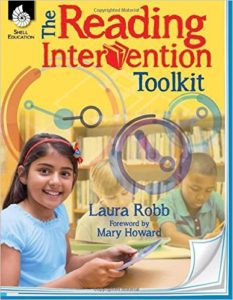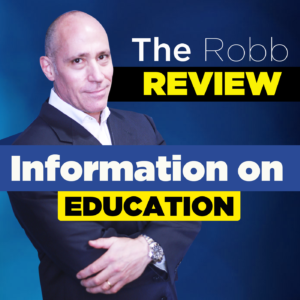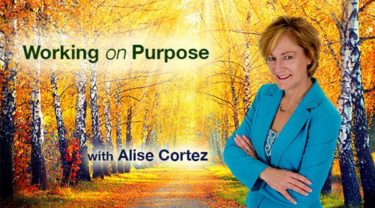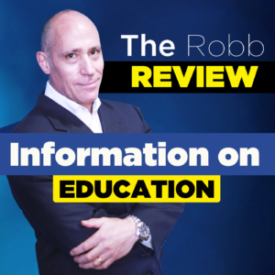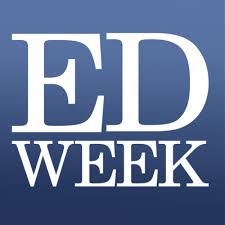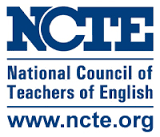Reach Every Reader!
By: Laura Robb
“Comprehension” is a word that teachers use all the time: Jake’s comprehension is weak; Talia can’t comprehend nonfiction; David comprehends everything he reads. Comprehension refers to what readers understand in a text while comprehending is the process readers use to develop comprehension. It’s helpful to confer with students to discover their comprehending process and feelings toward reading. Analyzing students’ writing about reading also provides teachers with a window into students’ thinking and level of understanding.
There are many levels to assessing students’ understanding of a text. Proficient and advanced readers automatically do the following while reading.
- Interact with the text by conversing with the author: raising questions, predicting, and commenting.
- Connect parts of the text to their experiences and background knowledge.
- Connect information and narrative elements within a text.
- Use context clues to figure out the meaning of difficult words.
- Transfer what they learned and understood to other learning situations.
Recall of Information
A common sense belief I always share with teachers is that it’s pointless to ask students to read and reread a text at their frustration level. Recall implies that the learner is able to decode the text, understand, and then remember the information. That will happen when the student has enough background knowledge and the text is close to his or her instructional reading level. Valentina’s story illustrates how frustration reading affects students.
Conferring: A Snapshot of Valentina
Before administering an Informal Reading Inventory (IRI) to Valentina, a sixth grader, we spent time chatting about her interests. Valentina loved playing basketball, texting friends, and hanging out with them. When I asked her how she felt about reading, she volunteered this statement: “I hate reading. I suck at it.” Her reasons were candid, logical, and on point. Reading three years below grade level, her ELA and content teachers required Valentina to read and reread grade-level texts. Her words reveal her feelings about these tasks: “If I have to read again and again and can’t understand it, what’s the point?” She shrugged and added, “ They [her teachers] get mad when I write nothing about reading. I can’t write if I get nothing [from the reading].”
After completing and analyzing Valentina’s IRI, I suggested two actions that could improve her reading:
- Have her read and learn from material at her instructional reading level—preferably books she chose. Then involve her in meaningful book discussions with a partner or small group who discuss questions they compose.
- Accelerate her reading stamina and achievement by teaching her how to self-select books for independent reading because often students like Valentina select difficult books to save face with peers.
Volume Matters
Researchers agree that volume in reading matters. First, volume can develop a student’s personal reading life which means he or she chooses to read at home. In addition, volume can enlarge a student’s vocabulary and background knowledge, build fluency, and develop a deep and lasting love of reading.
There are school districts that require students read grade-level texts even if they can’t comprehend them. Often these students listen to a book on tape or the teacher reads the book aloud to the class. The problem here is that students aren’t reading and that’s why they slide backward. Continuing on this trajectory will not support the Valentina’s of this world and will increase the number of students who don’t read and dislike reading.
Reflecting on Valentina’s Story
Fortunately for Valentina, her ELA teacher, received permission from the principal to abandon the district requirement of every student in a grade level, complex text. Valentina could choose from alternate books her teacher suggested for each unit of study. She began to self-select books for independent reading and read them. In the past, Valentina was an ace at fake reading during free choice independent reading time. Adjustments in her ELA class are definitely a positive step toward supporting Valentina’s reading life, but many questions remain:
- Would her content teachers find materials she could read and learn from?
- Were enlarging classroom libraries a top priority?
- What kind of feedback did Valentina receive from her teachers to increase her efficacy and self-confidence?
- How often did teachers confer with students like Valentina to continue to monitor, support, and celebrate her progress?
- What kinds of direct instruction in all classes did Valentina (and other students) need to practice and internalize what good readers do?
Closing Thoughts
We all want our students to love reading. Alas, roadblocks such as limited or no class libraries and a lack of alternative texts and materials for striving readers derail our wants. Yes, it’s heartening to observe ELA teachers and school administrators adjust instruction. However, until teachers in all subjects have access to books and materials that meet the instructional needs of their students, progress will remain slow. We need to bring common sense back to our teaching practices and ensure that we reach every reader in our classrooms and support them on their journey to developing a personal reading life.
Check out Laura’s website!
Follow Laura on Twitter @LRobbTeacher
We recommend Differentiating Reading Instruction by Laura!
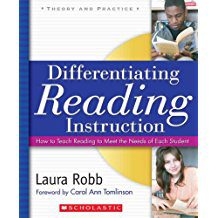
![]()

